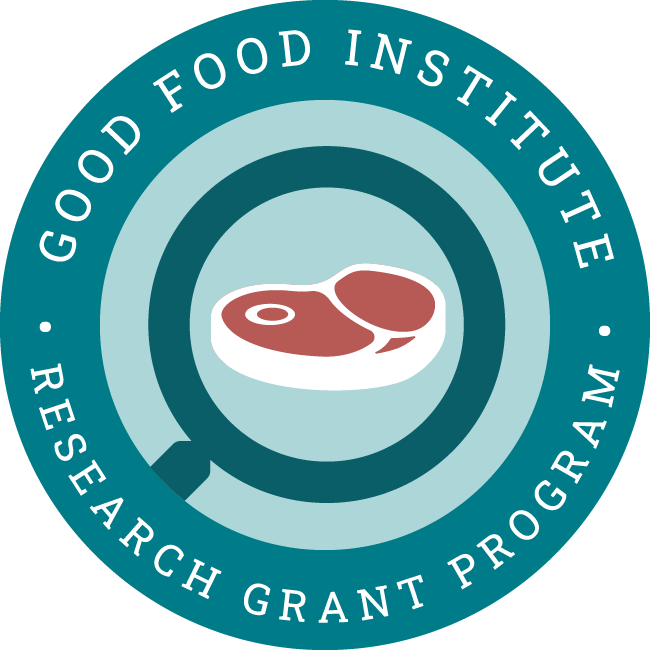The Frozen Farmyard: A cell line repository
2019 – 2021
Dr. Sullivan is creating the Frozen Farmyard – a cell line repository for agriculturally-relevant animals. This repository will advance cultivated meat research around the world.
Production platform: Cultivated
Technology sector: Cell line development

Project aims
This project generates relevant cell lines and other standard cellular materials for use by cultivated meat researchers. The research is also developing a kit that will enable veterinarians, farmers, and others to send biopsies to labs.
This work will increase the global accessibility of relevant cell lines and other required material for cultivated meat. It will also reduce duplication of effort in the synthesis of viable cell lines and decrease variability from lab to lab and experiment to experiment.
Principal researchers

2019 – 2021
Dr. Gareth Sullivan
Group Leader, Norwegian Stem Cell Centre, University of Oslo, Norway
Dr. Sullivan investigates factors that dictate the cellular fate of induced pluripotent stem cells. His other research includes developing liver models using human pluripotent stem cells for a patient-specific approach to metabolic disease. He also produces tools for investigating toxicology and reducing drug failure rates.

Research Grants program
Explore grant opportunities and GFI-funded projects that are driving innovation and breaking boundaries in alt protein research.
